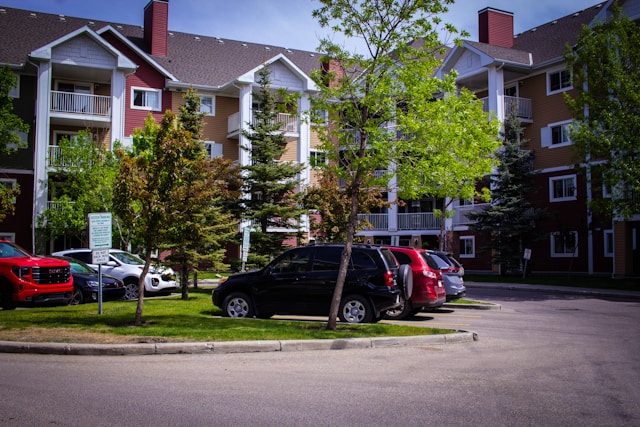Conducting a thorough move-out inspection is crucial for landlords to assess the condition of their rental property when a tenant is vacating.
Hiring a professional property manager to conduct a move-out property inspection benefits landlords by providing expertise, objectivity, legal compliance, efficient processes, and peace of mind. It helps protect the property, maintain positive tenant relations, and streamline the transition between tenants, ultimately contributing to the long-term success of the rental investment.
Here’s a step-by-step guide on how to conduct a property move-out inspection and what to look out for:
1. Schedule the Inspection:
- Coordinate with the tenant to schedule a mutually convenient date and time for the move-out inspection. Ideally a few days before the lease ends, however, this would typically fall on the last day of their tenancy.
2. Review the Lease Agreement:
- Familiarize yourself with the terms of the lease agreement to understand the responsibilities of both the landlord and tenant regarding the property’s condition upon move-out.
3. Assemble Necessary Tools:
- Bring a checklist, camera or smartphone for documentation, and any relevant maintenance records or repair receipts.
4. Walkthrough Process:
- Begin the inspection at the front door and proceed systematically through each room of the property.
5. Check for Cleanliness:
- Ensure the property is clean and free of trash, personal belongings, and debris. Pay attention to:
- Floors: Check for cleanliness, stains, and damage.
- Walls: Look for scuff marks, nail holes, or damage.
- Ceilings: Inspect for water stains or damage.
- Windows: Ensure they are clean and without damage.
6. Appliances and Fixtures:
- Examine all appliances, fixtures, and fittings for functionality and damage:
- Test lights, switches, and outlets.
- Inspect the condition of kitchen appliances, including the stove, refrigerator, dishwasher, and microwave.
- Check the condition of bathroom fixtures, such as the sink, toilet, and shower/bathtub.
7. Plumbing and Utilities:
- Test faucets and plumbing for leaks or damage.
- Ensure that heating, ventilation, and air conditioning (HVAC) systems are working correctly.
8. Doors and Locks:
- Verify that all doors and locks are in good working order.
- Check for any damage to doors or frames.
9. Carpets and Flooring:
- Examine carpets and flooring for stains, wear, or damage.
- Consider professional cleaning or replacement if necessary.
10. Walls and Paint:
- Inspect the walls for damage, including holes or excessive scuffs.
- Determine if a fresh coat of paint is needed.
11. Exterior Areas:
- Inspect the exterior of the property, including the yard, landscaping, and any outdoor structures.
- Verify that the tenant has completed any required lawn property maintenance.
12. Document Everything:
- Take clear photos or videos of each area, including close-ups of any damage or issues you find.
- Make detailed notes on your checklist about the condition of each room and any necessary repairs.
13. Compare to Move-In Inspection:
- Refer to the move-in inspection report and compare the condition of the property to its state at the beginning of the lease.
- Note any discrepancies and assess whether they constitute wear and tear or tenant-caused damage.
14. Communicate Findings:
- Discuss your findings with the tenant during the inspection, pointing out any issues or areas that need attention.
15. Schedule Repairs and Cleaning:
- Arrange for any necessary repairs or cleaning to bring the property back to its original condition.
- Keep records of all expenses related to the repairs.
16. Complete Move-Out Documentation:
- Incorporate thorough accounting and bookkeeping practices by retaining copies of all move-out inspection records, photographs, tenant communication, and related financial transactions for your property management records.
A thorough move-out inspection helps ensure that the property is ready for the next tenant and that any necessary repairs or cleaning are addressed promptly and fairly. It also helps landlords maintain a clear record of the property’s condition and any changes between tenants, which can be crucial for settling disputes and adhering to legal requirements.





